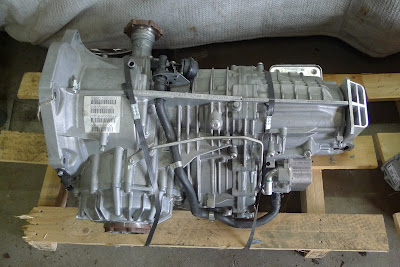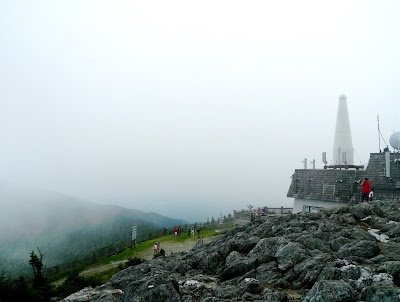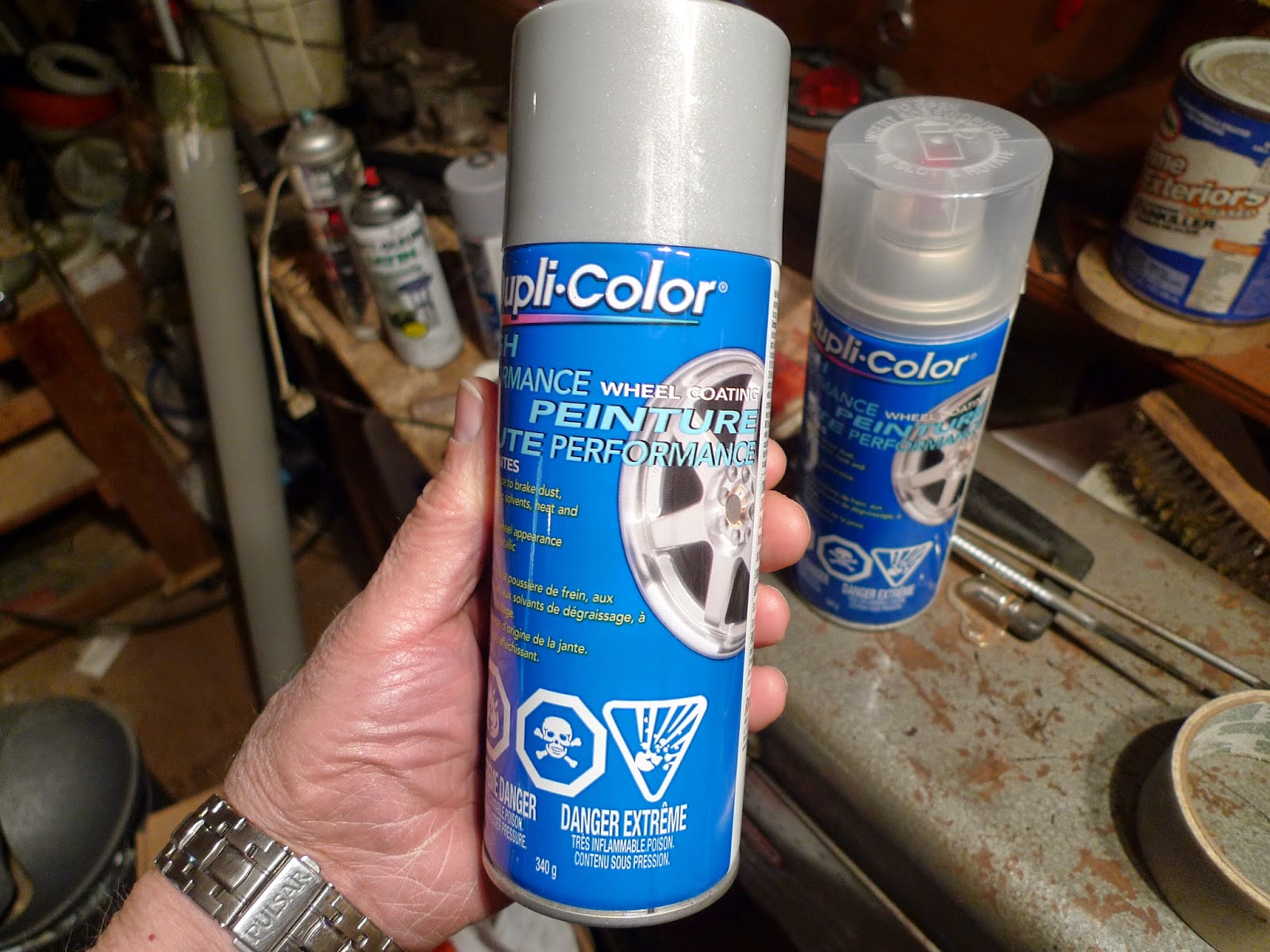 |
| It's okay, but there are details to neaten, and noises that I might get to. |
There is no negative intent here, on the contrary there is a positive one. It's fun and fascinating to keep learning more about the mysterious mechanisms that make up my Porsche, as I fix it, and it is equally rewarding to complete a task that will make the car better in any way. Then, if the idea of it all is enjoyment, why should I allow anyone else's expectation to govern my fun? It runs well enough - it could be better - so I prefer to run it, heedfully. That's my plan of the moment. Subject to adjustment. Implementing my cosmetic intentions for the car will give me just as much fun. Maybe more, because it is a creative act.
Winter is about to arrive, although it's late this year because of El Niño. There is a visible layer of salt on the roads already, in answer to the trivial snowfall that has shown up - the deepest accumulation so far has been an ignorable four inches (10 cm), but it is slippery when the road beneath the snow is still relatively warm. So, my Porsche is now content in its mothballs, waiting and pondering its fate.
 |
| I see some crappy looking paint on the car's structure. I'll redo that. |
There are things that the car undeniably 'needs' as I've said, and there are things that I want to do to it that it doesn't really need - said that, too. The things that are needed are those repairs, of course. At the same time, I drove the car this past summer with all of these repair issues already present. Unfortunately, the required repairs necessitate removal of the engine and transmission, and that equals a bunch of work. And money, especially for the transmission which has both a noisy fourth gear (and that means a matched pair of gears), and a noisier crown gear and pinion. Both of these problems have been around for some years, but at last the noises annoy me too much and I'd prefer to get rid of them. On the other hand, for the transmission to continue to function, I don't have to repair anything, just yet. Since the special tools ($$$) needed for the transmission and ring and pinion work are rare, if and when I do want to eliminate those problems I'd give that work to a local guy near here who actually has the Porsche factory tools. He knows how to use them well. The hard part would be finding good used parts, because new ones from Porsche are dear. No wonder I'm putting it off. Obvious equivocation.
The engine needs attention as well, paid to its valve train. The repairs are not extensive or grave - actually relatively piddling with only small parts to change, but special tools are needed here, too. And, the engine has been running in this fashion for a while and can continue to do so, also. I could do this work myself.
I stated in an earlier post on this blog that one reason for owning a 911 which has now passed its 42nd birthday is that it is relatively easy to work on, because it is unencumbered with complexities, having no modern-day gizmos, such as power anything, or electronic anything. As a result, I should be happy to work on it and make all of it shipshape. I will do that, with a specific, and different focus.
A plain vanilla 911 such as mine is made to drive on the road; it's made for touring; for travel. The well publicized idea that any Porsche can be taken from the dealer's showroom straight to the racetrack does not mean that very many people actually do this. It will run quite nicely on the track, thank you, but this is not entirely what the car is 'made' for. Rather it is one of the car's potentials, just as agile touring is another. I am content to nimbly tour the countryside in a sporting manner.
When I got my car, one of the first repairs I performed was to rebuild the pedal cluster, since these devices tend to become fouled by corrosion, dirt, and wear. That's what I found, but with one additional ingredient in the mix. The accelerator pedal was bent into a pronounced concave curve, due to the heavy pressures that were regularly applied to it. This car was not driven by a little old lady on sunny Sundays. It had been hammered; so much for dainty touring. Never mind, it is over 42 years old and still going, and that means that it will handle all of the above and nicely ask for more. There are those repairs that my car will need eventually, but given the car's capabilities, it will take more than a few obstacles to stop it. I'll have fun as I prefer.
I keep repeating this theme - enjoy the car, and don't sweat the small stuff. It makes sense, except to those for whom it makes no sense, because they believe that it is a Porsche and they must be kept perfect. It's a car, albeit a nice one, but it is not an object to worship. It's taken me a considerable stretch to accept this realization, but I have done so and I don't regret it.

















































